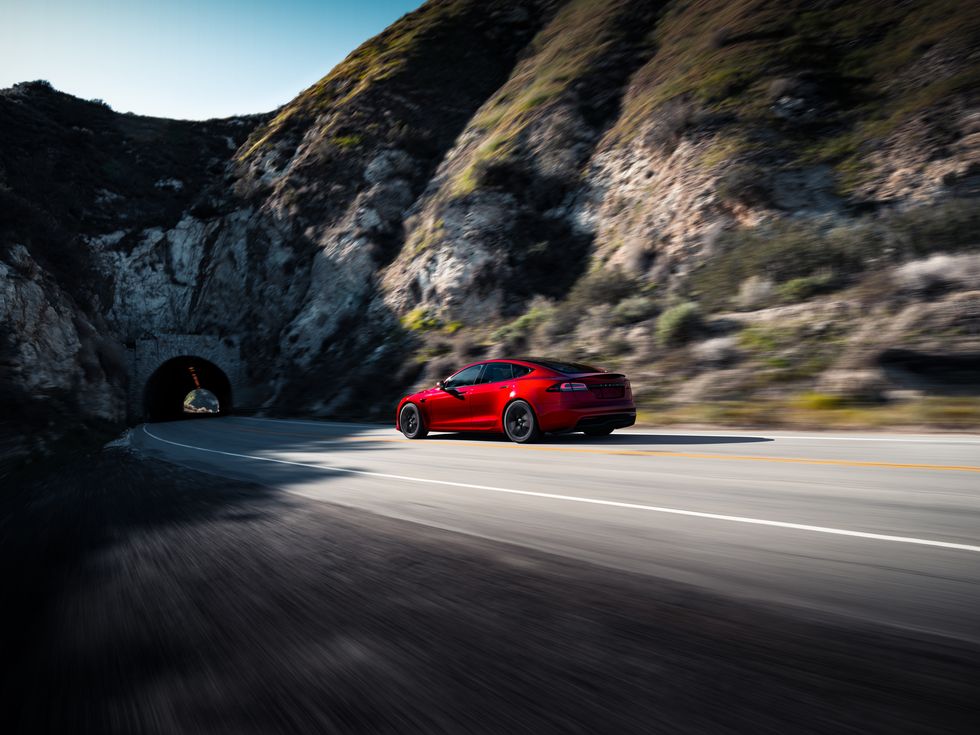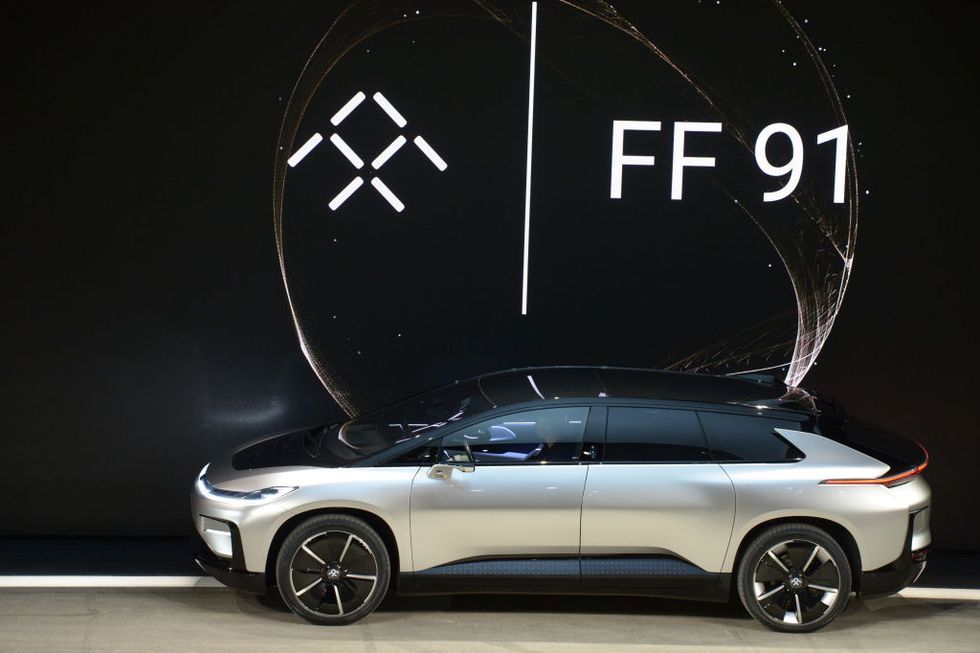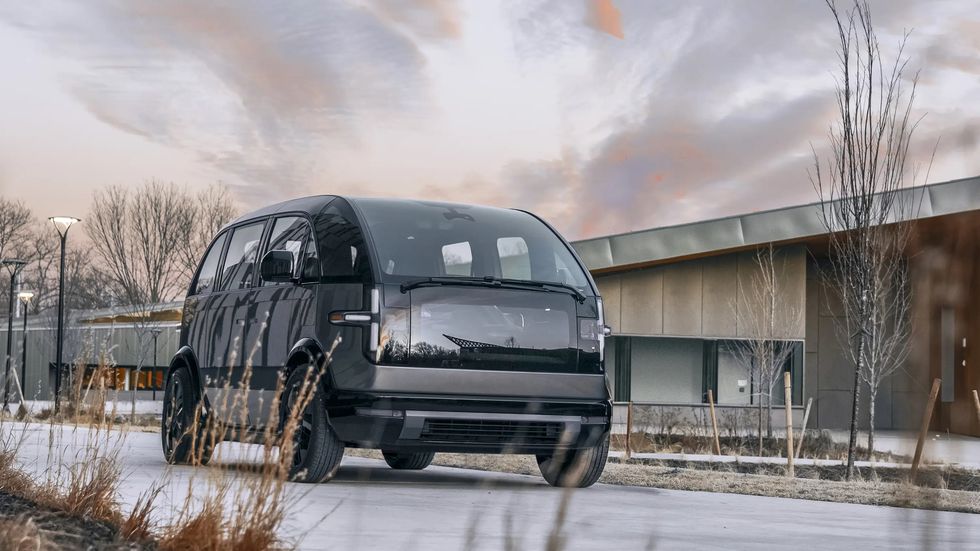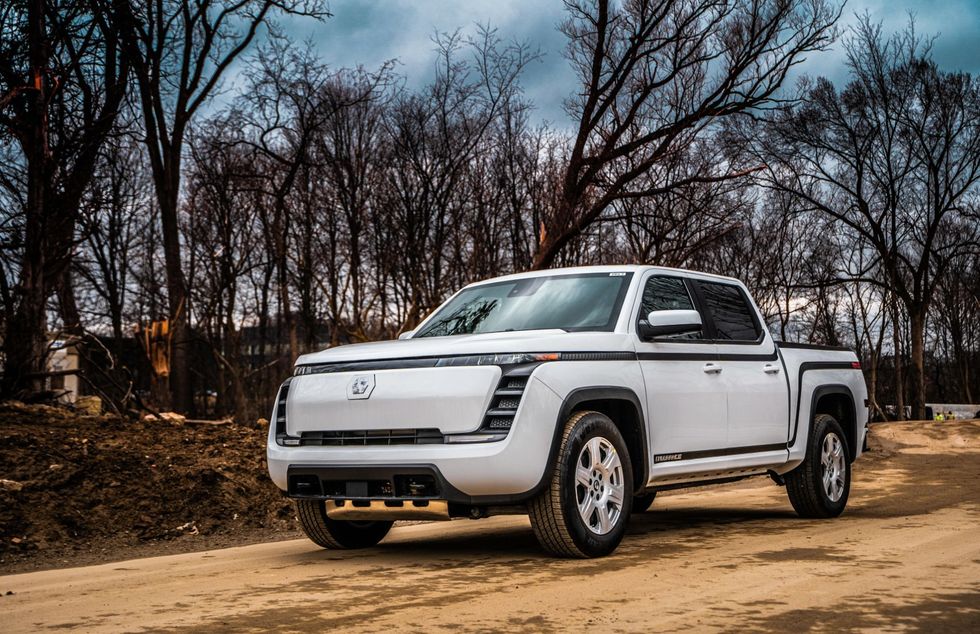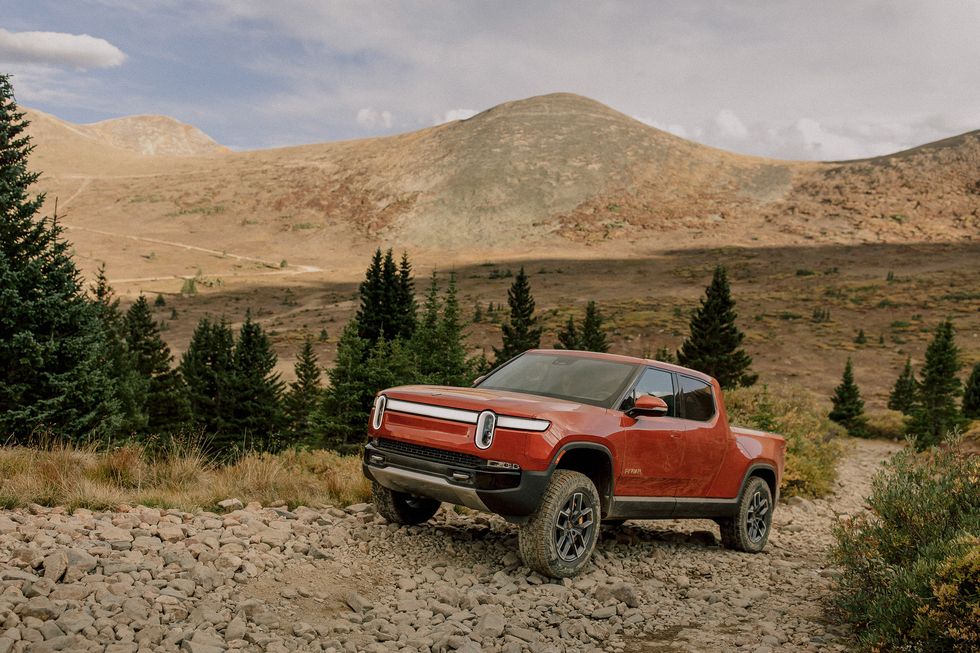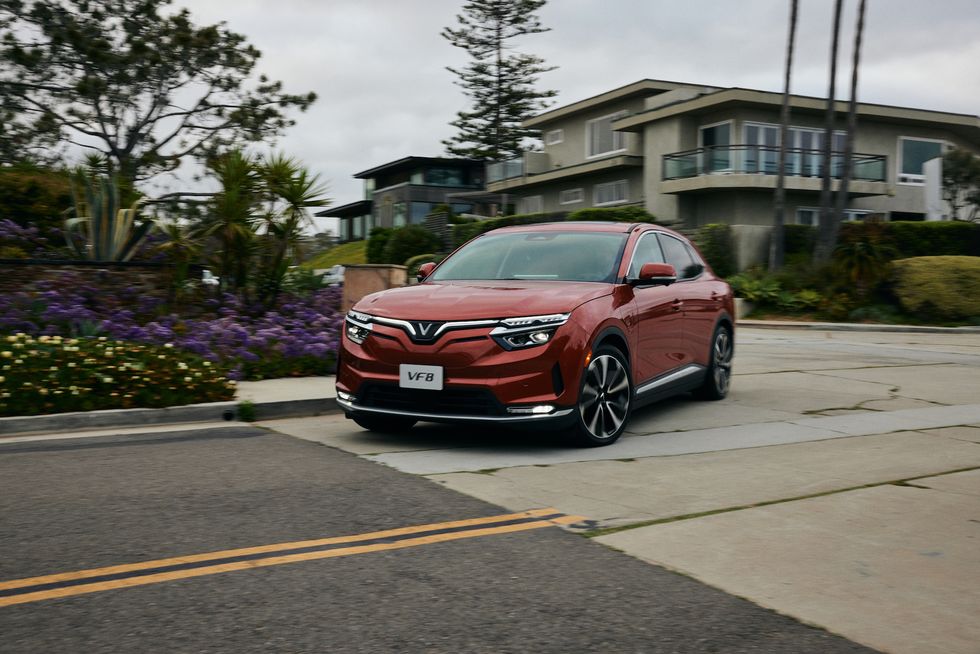One hundred years after the Model T’s 1908 debut, Elon Musk announced his own revolutionary letter “S.” The Model S — and its attendant Superchargers, launched in genius parallel in 2012 — changed history as surely as Ford’s gasoline-burning creation. A window of first-mover opportunity swung open, as legacy automakers scoffed or slumbered. In rushed other big dreamers, carried on a hurricane of exuberant investment and seemingly limitless promise. For the first time in generations, it seemed likely that other start-ups would follow Musk’s formula and find success in the famously inhospitable auto business.
That early promise has produced more victims than visionaries, a string of EV companies that are struggling to launch or melting before our eyes. More and more, it appears Tesla’s epic rise was a one-off. Warren Buffett seemed to acknowledge as much at Berkshire Hathaway’s recent annual meeting: “The auto business is just too tough.”
That open window for start-ups is suddenly slamming shut. It threatens to guillotine not just outfits that were Hail Mary plays from the start, the underfunded dreamers like Lordstown, Faraday Future, Nikola and Canoo. It’s also putting a serious pinch on the newcomers who (for now) seem to have any real shot at long-term success, Rivian and Lucid.
Embattled Lordstown Motors, born in political chicanery, riven by executive corruption, a Department of Justice investigation and a prototype flambé, finally warned of an impending bankruptcy. Taiwan’s Foxconn, best known for assembling iPhones, may walk away from a $170 million deal to build the Lordstown Endurance. When Foxconn — fresh from bamboozling the state of Wisconsin over a massive LCD factory and 13,000 jobs that never materialized — has to put up its own money to maintain an auto-building illusion, the truth will out. After pissing away a few hundred million dollars, here’s what Lordstown has to show for it: A grand total of 31 painfully uncompetitive electric trucks. For five years, the company has cynically played Ohio and hopeful, would-be autoworkers in the struggling Mahoning Valley.
Investors are also tired of being played. They’re demanding more than starry-eyed promises that some new EV is going to “change the world.” A once-bottomless well for start-ups and SPAC mergers is drying up, between soaring interest rates and a chilly economy. Auto start-up stocks are tanking. Those companies are finding it harder to drum up cash with little or no revenue to back it up.
Even Lucid and Rivian — by far the most legitimate EV contenders — are sending conflicting signals. Lucid burned through more than $1 billion in first-quarter losses, and delivered just 1,406 vehicles. Lucid stock has fallen 87 percent from its go-go highs, its market value now around $12 billion. Rivian is sticking with its 2023 production target of 50,000 R1S and R1Ts, so that’s encouraging. But its market cap has also fallen near $12 billion, a wicked plunge from $153 billion shortly after its public debutante ball in 2021.
Lucid and Rivian still have what most start-ups lack: Genuinely innovative and desirable products. Business plans that don’t seem drawn from a cocktail napkin at VC Night. Multi-billion-dollar war chests, including Lucid’s ownership by the Saudi sovereign wealth fund. Both have the North American factory production to unlock consumer tax credits and corporate subsidies under the Inflation Reduction Act. (The Lucid Air is too expensive to qualify, but future models might.)
Beyond Lucid and Rivian, other dark horses are looking like nags. Nikola Motor’s con-man founder Trevor Milton was convicted of securities and wire fraud for deceiving investors, including notoriously faking a test video by rolling a non-working truck downhill. He’s to be sentenced in June. Now, Nikola spends half its time disavowing Milton — lone wolf, bad apple, all that — and the rest trying to jump-start electric and hydrogen fuel-cell semis; along with a fanciful-sounding hydrogen production facility and refueling network. But as Nikola’s company valuation (which Milton once goosed higher than Ford’s) plummets, with shares down to 74 cents, its best refueling source appears the government: The company is seeking a $1.3 billion Department of Energy Loan, in addition to private funding to stay afloat.
Faraday Future surely doesn’t have one, unless you believe there’s a future for a $180,000, China-backed electric SUV that was first shown in 2017 — and still hasn’t emerged from its California factory. Canoo stock is taking on water, down 96 percent. And a special word for Fisker, for those with the short memories Henrik Fisker is relying on: Fisker, once gainfully employed as a car designer, has become the EV industry’s ultimate fake-it-but-never-make-it. That began with the egregious Fisker Karma, the Solyndra of electric cars. Fisker’s own “change the world” shtik helped him reel in a $529 million Dept. of Energy loan in 2009. The company failed to repay money or hit production targets, saw its loan suspended, and collapsed spectacularly as its “visionary” founder skedaddled, leaving taxpayers holding the NBA-sized bag.
Fisker clearly prefers “bygones” and “do-overs” to “has-beens.” Small numbers of Fisker Ocean SUVs, some reportedly suffering software glitches, have begun to trickle from a Magna-Steyr plant in Austria. The company insists U.S. deliveries will begin in June, though the imported Ocean is now ineligible for consumer buyer credits, a serious handicap versus the $7,500 credit on an American-made Tesla Model Y and VW ID.4, or the $3,750 on a Mustang Mach-e.
No matter. Fisker — and an ever-credulous, click-hungry media — continues to assures us that Foxconn will begin building Fisker Pear SUVs (supposedly priced from around $30,000) at the same cursed former GM factory that “built” the Lordstown Endurance. But nothing about this unholy alliance adds up, starting with Foxconn’s utter dearth of car-building experience, and ending with, well, Henrik Fisker.
At this point, even the best-funded, best-run EV newbie will struggle to steal Tesla’s lunch. The market’s 800-pound electric gorilla is all wound up, because it already produces electric sedans and SUVs for several thousand dollars less than any rival. Musk just announced another factory in Mexico that will boost annual global capacity to perhaps 2.5 million cars. Now Tesla is determined to cut production costs, including the batteries it owns and builds itself, by up to 50 percent in coming years. That’s letting Tesla slash prices even as it rakes in profits, ratcheting up pressure on Ford, GM and other incumbents that have yet to earn a penny on EVs.
Tesla basically had the electric market to itself a decade ago, but that vacuum is filling fast. Mentally combine the whole fleet: A battleship-scale Tesla, with every legacy brand putting all hands on deck to counter it. Global automakers have committed $526 billion to switch lineups to EVs, and that’s just through 2026. Together, they’ll sink most start-ups like a toy boat in a bathtub.
Tesla’s net profit margins — excluding any revenues from environmental credits — are a robust 11.4 percent, or nearly three times what Ford earns on its entire ICE lineup. And that’s after Tesla cut the average price of its cars by about $5,000: Before the cuts, net profits topped 19 percent. A growing consensus of investors is pointedly asking how even Ford or GM plan to compete with Tesla on costs, and generate the profits from electric operations to warrant investor confidence.
Ford CEO Jim Farley acknowledged that Tesla currently has a roughly $10,000 cost advantage on every EV it produces, a gap Ford is striving mightily to reduce. This is Ford we’re talking, the company that invented the assembly line and mass production.
We can fairly assume any start-up will have a hard time matching Ford’s economies of scale in development and manufacturing (or GM, VW and Hyundai), let alone Tesla’s.
Maybe another Musk comes along, who can beat the giants at their own game. And as with ICE models, there may well be room in the market for speciality EVs, from seven-figure Rimacs to other high-design luxury and sports cars. But the mass market? Hoo, boy.
Last week, I drove the latest electric underdog in California. The Vinfast VF 8 SUV is the first of four planned electric SUVs from the Vietnamese start-up. A ship bearing nearly 2000 VF 8s had just docked on the California coast, its cargo bound for customers in America and Canada.
To the good, Vinfast will lease you a VF 8 for as little as $414 a month. To the bad, the production-spec cars we drove — despite appealing Pininfarina styling, reasonable range and a solid UX — seemed distressingly half-baked and unfinished. Even if the cars were home runs, most Americans might assume “Vinfast” refers to a new wine-based diet, not a fledgling EV brand.
Backed by Pham Nhat Vuong, Vietnam’s richest man and his VinGroup conglomerate, the ambitious company is working to build a $2 billion EV factory in North Carolina. Vinfast targets a 2025 opening, with a 150,000 annual capacity and more than 7,000 jobs. Vinfast’s pitch for automaking legitimacy and prosperity clearly resonated with North Carolina officials, and vice-versa: The project is backed by the biggest public incentive package in North Carolina history, at $1.2 billion.
For the sake of this latest start-up, its customers and North Carolina taxpayers, here’s hoping Vinfast is more Tesla, less Lordstown. And for all their struggles, I wish every EV dreamer luck. They’re going to need it.

